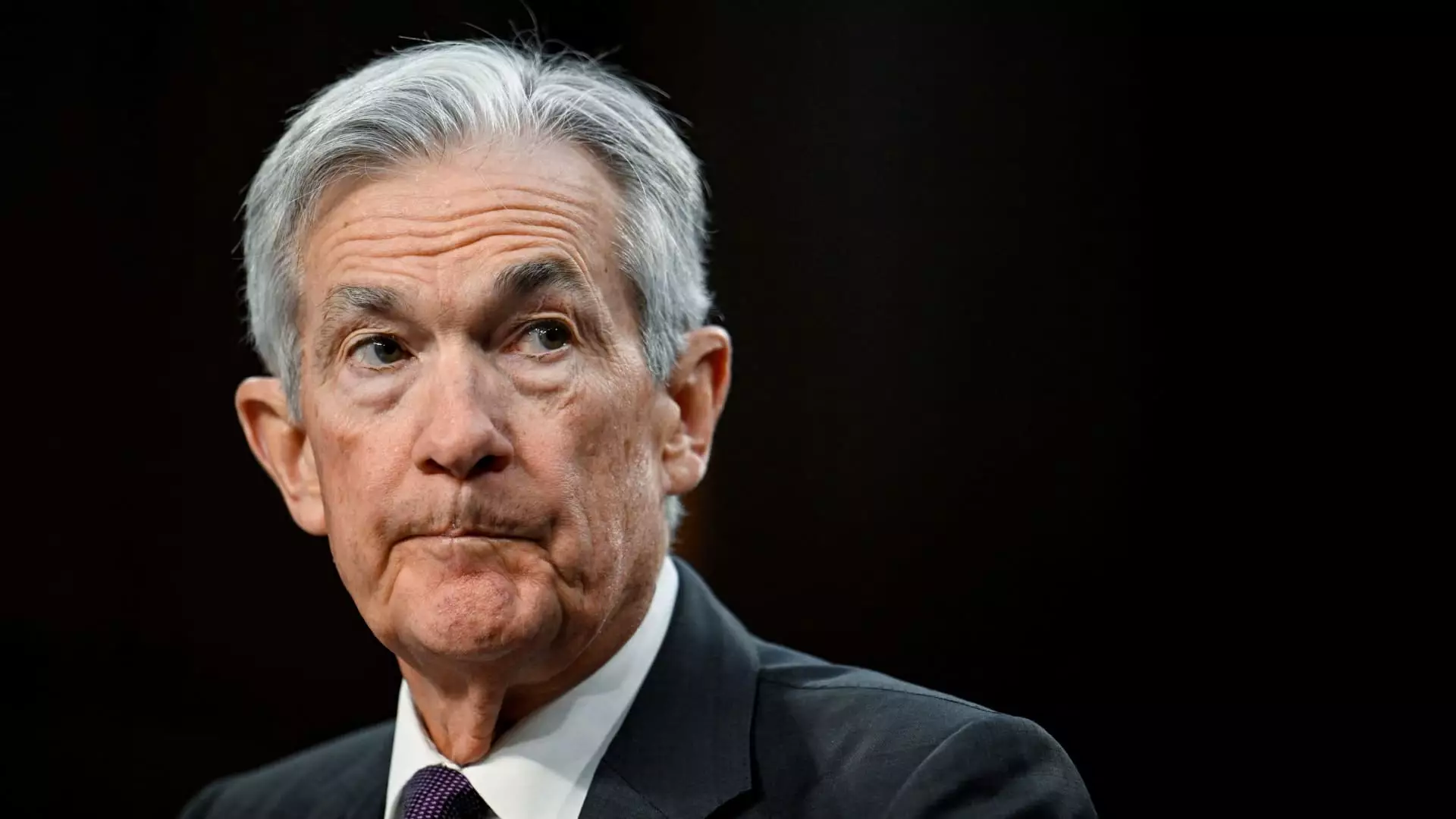The current discourse among Federal Reserve policymakers paints a picture of a central bank prepared for adaptive responses to economic fluctuations. However, a deeper analysis reveals that the reality is a complex web of uncertainty and caution that leaves the Fed feeling somewhat immobilized. In the face of a turbulent economic climate and unpredictable policy changes from Washington, the Fed finds itself in a position of maintaining a “neutral” stance while waiting for clearer indicators to emerge. This article will explore the nuances of this situation and the implications for monetary policy.
Recent comments from key figures within the Federal Reserve suggest a collective belief that its policy framework is “well-positioned” to react to various economic risks. Atlanta Fed President Raphael Bostic’s remarks capture this sentiment, highlighting the dual currents of enthusiasm and apprehension among banks and businesses regarding the potential shifts in tax and regulatory practices. However, when these anticipations are overshadowed by pervasive uncertainty—especially surrounding trade and immigration policies—it becomes evident that the Fed’s assertive flexibility is more of an aspiration than a reality.
The consistent refrain of “uncertainty” permeates recent discussions. Bostic, for example, recently stressed the need for “caution and humility” amidst unpredictable economic signals. Such language suggests that the Fed is dwarfed by the volatility emanating from the executive branch and external economic factors, which complicate its policymaking capabilities. The portrayal of Fed officials as calm, collected navigators of uncertain waters belies the significant challenges they face in effectively forecasting economic trends.
Uncertainty in the economy impacts the Fed’s decision-making on two primary fronts: employment stability and inflation management. Current employment rates have been relatively robust, yet inflation remains an elusive target. The Fed aims for a 2% inflation rate, a goal that has been persistently unmet for almost four years. As consumer behaviors shift in response to the specter of tariffs and trade policies, inflation could rise unpredictably. St. Louis Fed President Alberto Musalem’s comments illuminate the precarious balance the Fed must maintain; while he characterized inflation risks as tilted toward the upside, he also suggested a longer timeframe for potential correction.
This balancing act reveals the Fed’s cautious approach to maintaining a “modestly restrictive” monetary policy. The current fed funds rate sits between 4.25% and 4.5%, reflecting a level of constraint deemed necessary by Musalem. However, such a stance does not alleviate the burden of external shocks that could arise from ever-shifting policy landscapes, particularly given the current administration’s unpredictable nature.
Amplifying the challenge of maintaining economic stability is the recognition that the risks to financial health are “notable,” particularly concerning bank leverage and long-duration debt. Concerns regarding the bond market have emerged as a primary area of vulnerability. Mark Zandi, a prominent economist and chief economist at Moody’s Analytics, warned that the bond market is precarious, with a potential sell-off looming on the horizon. This assessment aligns with the sentiments expressed in the Fed’s January meeting minutes, underscoring a collective responsibility among committee members to prioritize stability over aggressive interest rate adjustments.
The specter of tariffs adds another dimension of complexity to the Fed’s decision-making process. Chicago Federal Reserve President Austan Goolsbee cautioned that the potential ramifications of tariffs should not be underestimated. The outcome heavily depends on the extent and impact of these tariffs, which could provoke economic shocks akin to those experienced during the COVID-19 crisis.
Given the intricacies of the current economic climate, the Fed’s path moving forward must be navigated carefully. With market expectations hinting at potential rate cuts, such outlooks may be overly optimistic, given the substantial economic risks that remain. Zandi’s outlook suggests a significant disconnect between market anticipations and the realities facing the Fed, particularly in light of inflation dynamics and international trade relations.
The Federal Reserve is caught in a paradox of navigating uncertainty while attempting to project confidence in its policy frameworks. As external factors continue to ripple through the economy, the challenge for policymakers will be to maintain a delicate balance between mitigating risks and fostering an environment conducive to economic growth. The road ahead is fraught with challenges, but astute and cautious policymaking will be essential for steering the economy toward a more stable future.

